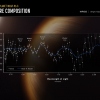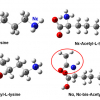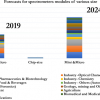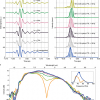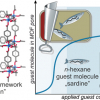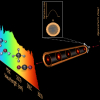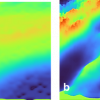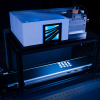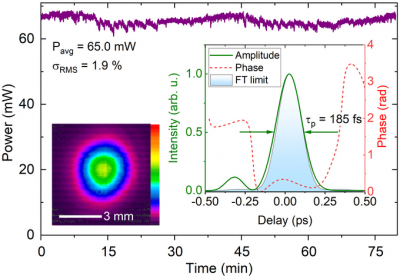
Ultrashort light pulses represent an important tool in basic research and have also found their way into numerous optical technologies. The infrared spectral range with wavelengths longer than 1 µm plays a key role in optical communication, while pulses with wavelengths of up to 300 µm are required in optical measurement and analysis technology and in imaging techniques.
Extremely short pulses with only a few oscillation cycles of the light wave (“few cycle” pulse) are a particular technical challenge. Their generation requires precise control of the optical phase and their propagation conditions. Few-cycle pulses at wavelengths longer than 10 µm are important for fundamental studies of the non-equilibrium properties of condensed matter and exhibit a high application potential, for example in optical materials processing. As a result, the generation of such pulses is a cutting-edge research topic.
Researchers from the Max Born Institute in Berlin report on a new light source that delivers ultrashort infrared pulses beyond 10 µm wavelength with record parameters. The extremely compact system is based on the concept of optical parametric chirped pulse amplification (OPCPA), in which a weak ultrashort infrared pulse is amplified by interaction with an intense pump pulse of shorter wavelength in a non-linear crystal. In the novel light source, pump pulses of about 3 ps duration at a wavelength of 2 µm drive a three-stage parametric amplifier with a pump energy of 6 mJ. The amplified pulses at a wavelength around 12 µm have an energy of 65 µJ and a duration of 185 fs, corresponding to a peak power around 0.4 GW within about five optical cycles of the light wave (top figure). In the 1 kHz train the pulses are highly stable and of excellent optical beam quality (top figure). Output power and repetition rate of the system are scalable.
The potential of this unique source was demonstrated in experiments on liquid water. For the first time, hindered rotations, so-called librations, of water molecules were excited to such an extent that their optical absorption decreased significantly (bottom figure). From the analysis of this absorption saturation, a lifetime of the librational excitation of 20–30 fs is estimated.
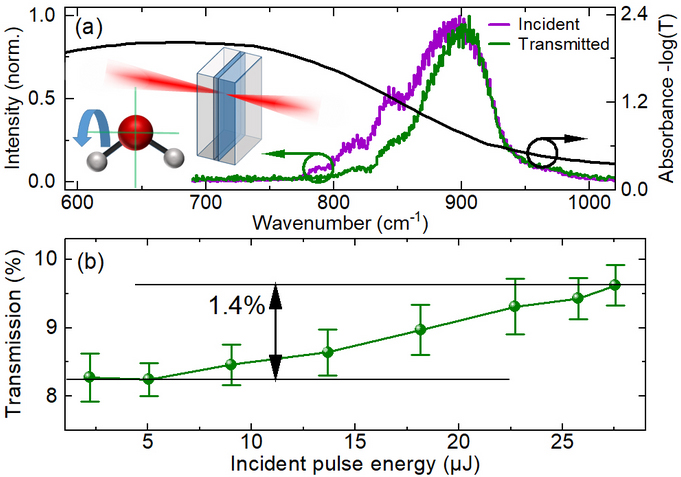
Non-linear transmission of liquid water (12 µm thick film held between two transparent windows) at the librational (L2) band (vibration indicated by the circular arrow). (a) L2 absorption of water (black line) and incident (magenta line) and transmitted (green line) spectra of the 11.4 µm pulses (energy: 25 µJ). (b) Transmission of the water sample as a function of incident pulse energy, showing a non-linear transmission increase. Credit: MBI









